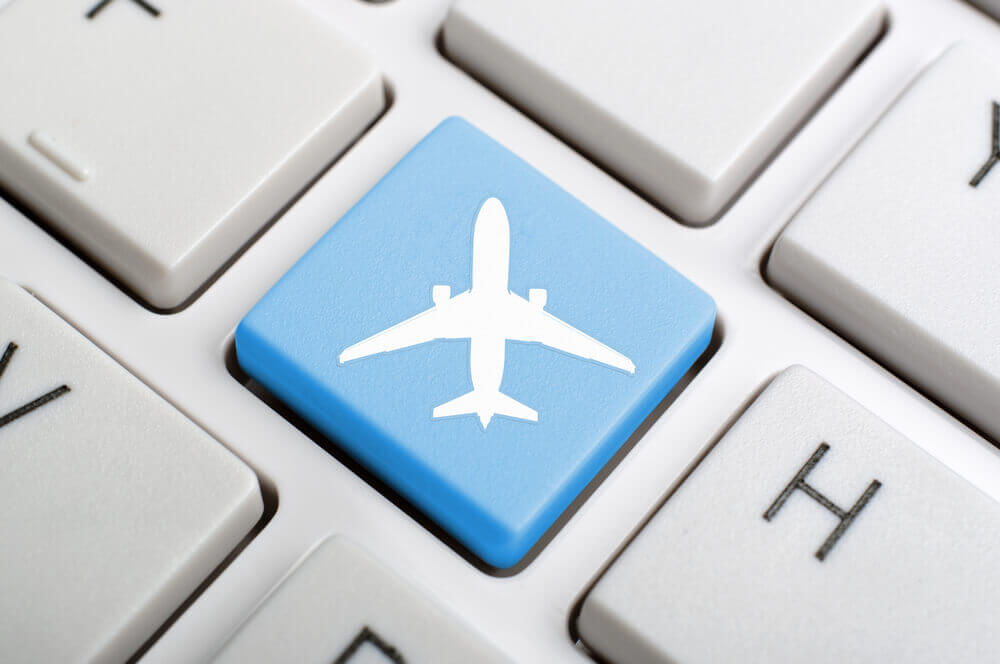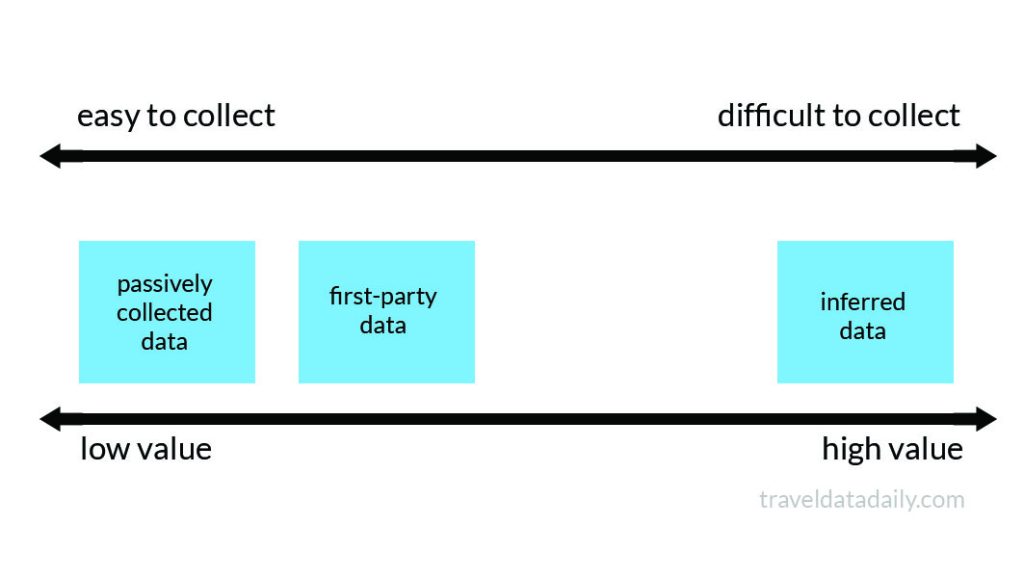
Successful data-driven airlines typically attribute value of the airline loyalty data they collect within the loyalty program based on the commercial application of that data. That is to say – how much top-line revenue that data can generate versus what income could be generated without that data.
That is why investors, financial analysts and board members expect data-driven airlines to define the value of data assets based on opportunity, bottom-line improvements, and top-line growth, and risk-of-loss.
For airline management, it all boils down to a straightforward question – how much can revenue will be generated from the loyalty data?
Determining the value of data
Generally, the value of loyalty data can be based on several concepts.
- How much it would cost to replace the data
- The enterprise value loss by not having that data
- The revenue being explicitly generated from data-related activities
With that in mind, we need to look at the TYPES of data which exist within the airline loyalty environment.
First-Party Data
- Transactional Data (Member data, accrual data, partnership transaction)
Passive Data
- Cookies, IP addresses, timestamps, customer emails/phone call data
Inferred Data
- How likely a customer is to do/buy X, based on Y. Includes behavioural data, purchase intent, propensity scores and more.

For airline loyalty data, we use specific tools to calculate the value of data to the airline.
These feature points include assessment of:
- Loyalty penetration of ASK/ASMs
- Accrual transactional data
- Share of wallet tracking data and modelling
- Financial modelling of points creation/burning and liability
The value of airline loyalty program data is also determined based on what revenue contribution can the data provide to other divisions to the host airline, partner airlines, and other divisions within the group.




